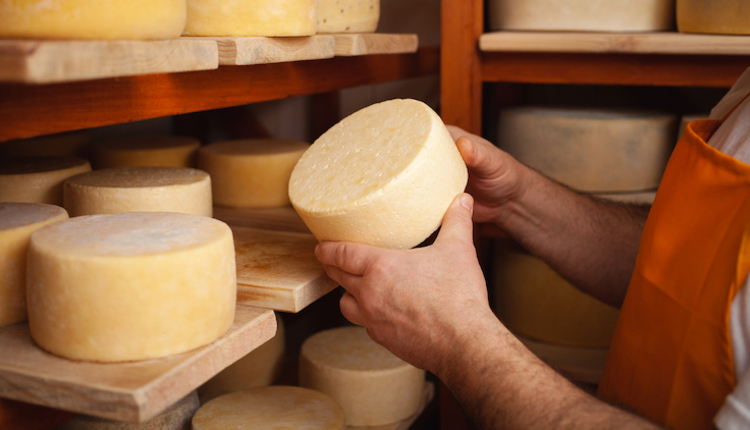
In a nutshell, economics has been the primary driver that caused almonds to speed past alfalfa for total acreage for the first time in modern California history. The higher returns per acre for the nut crop have even caused dairy producers to rethink acreage allocation even though it means fewer forage resources for the dairy herd.
Over the two decades that I have traveled the U.S. in my role as a Hoard's Dairyman editor, I have witnessed the slow turnover of alfalfa to almonds. But traveling in the state as the almond crop harvest begins gives one a greater appreciation. Round-the-clock picking and shelling is a testament of almonds' new position in California's Central Valley. So, too, is the dust from the shelling and picking process that I saw in mid-August.
Once planted, it typically takes three to four years for an almond tree to bear fruit. That's the most important group of tree tracts within California . . . a state that is single-handedly responsible for the entire U.S. almond crop.
In talking to dairy producers and looking through data, most people would agree that alfalfa has been one of the crops hit the hardest during the almond trees' ascent. The following estimates are directly from the California Department of Food and Agriculture and USDA.
- In 2000, there were 1,020,000 acres in alfalfa and 510,000 in fruit-bearing almonds.
- In 2010, there were 920,000 acres in alfalfa and 770,000 in fruit-bearing almonds.
- 2015 projections indicate there were 820,000 acres in alfalfa and 890,000 in fruit-bearing almonds with another 150,000 acres waiting in the wings to produce nuts in the next three to four years.
And so the tug of war over land and water ensues between alfalfa and almonds in drought-stricken California. As happens in most cases, return per acre will determine the winner. Right now the red-hot almond market has been the deciding factor. Like all commodity markets, at some point, it too will become saturated.








